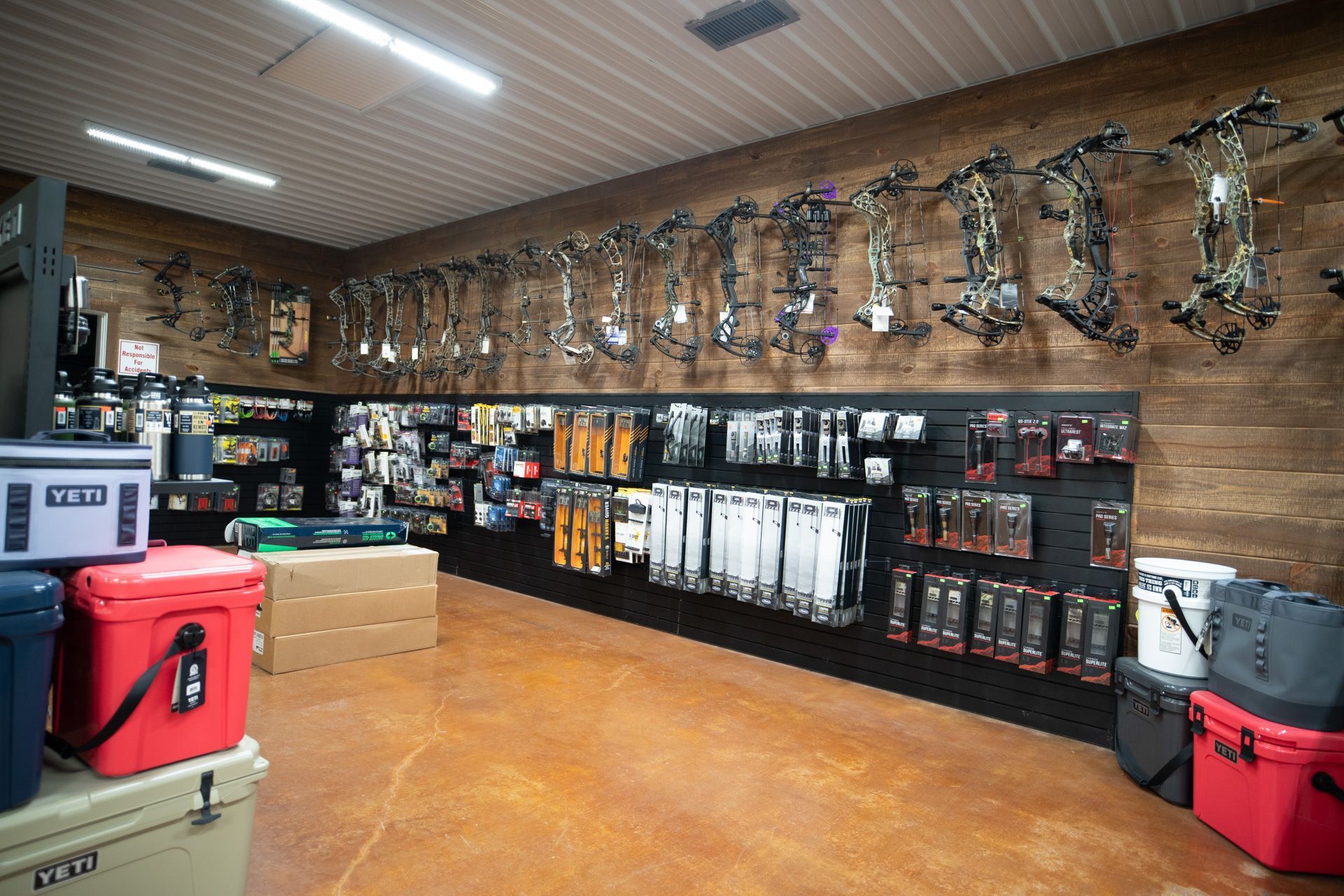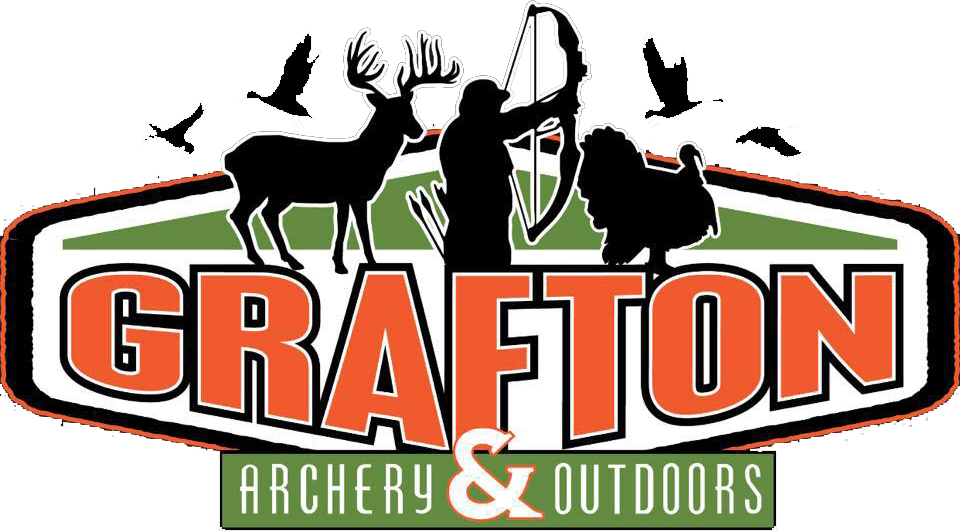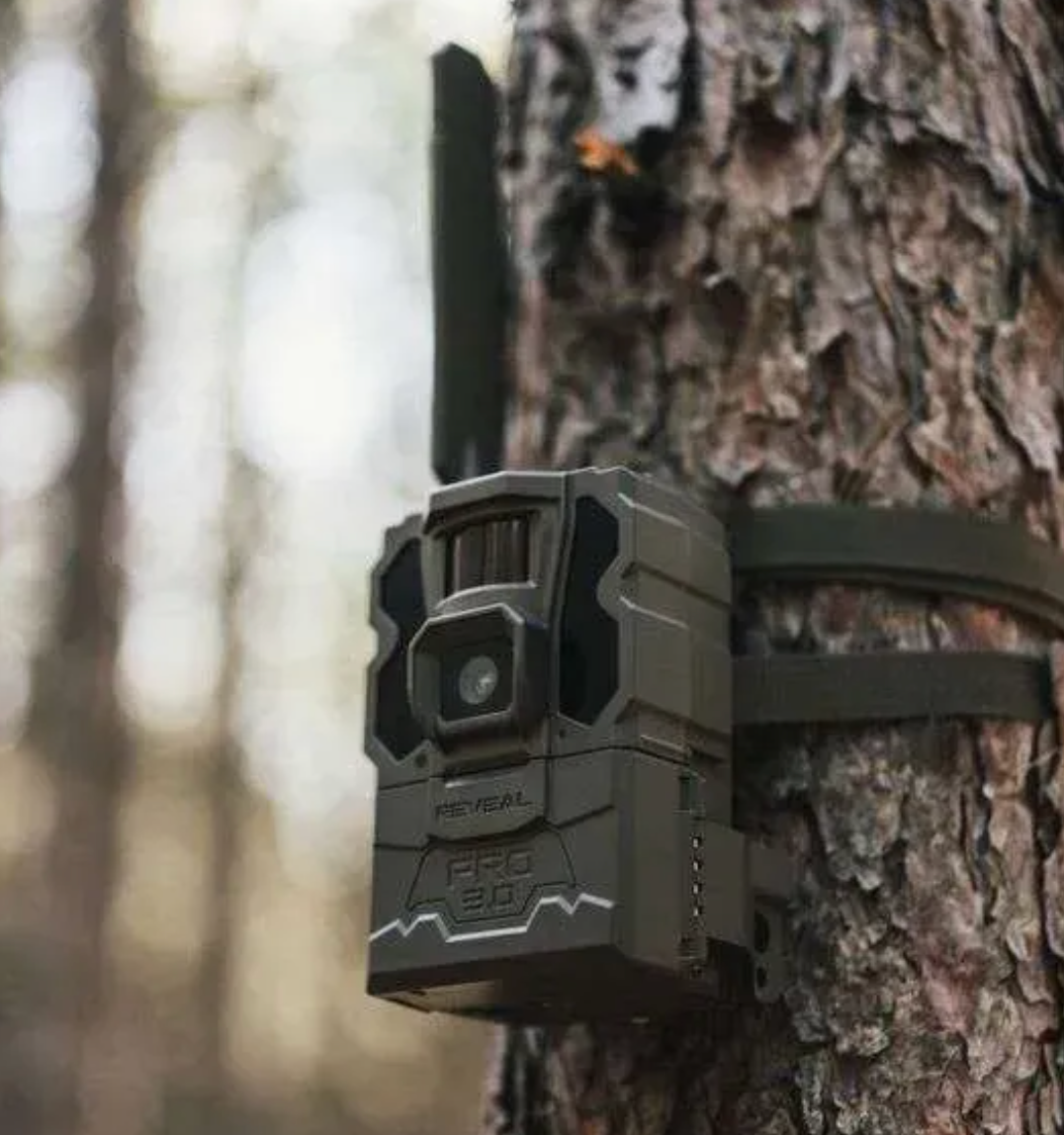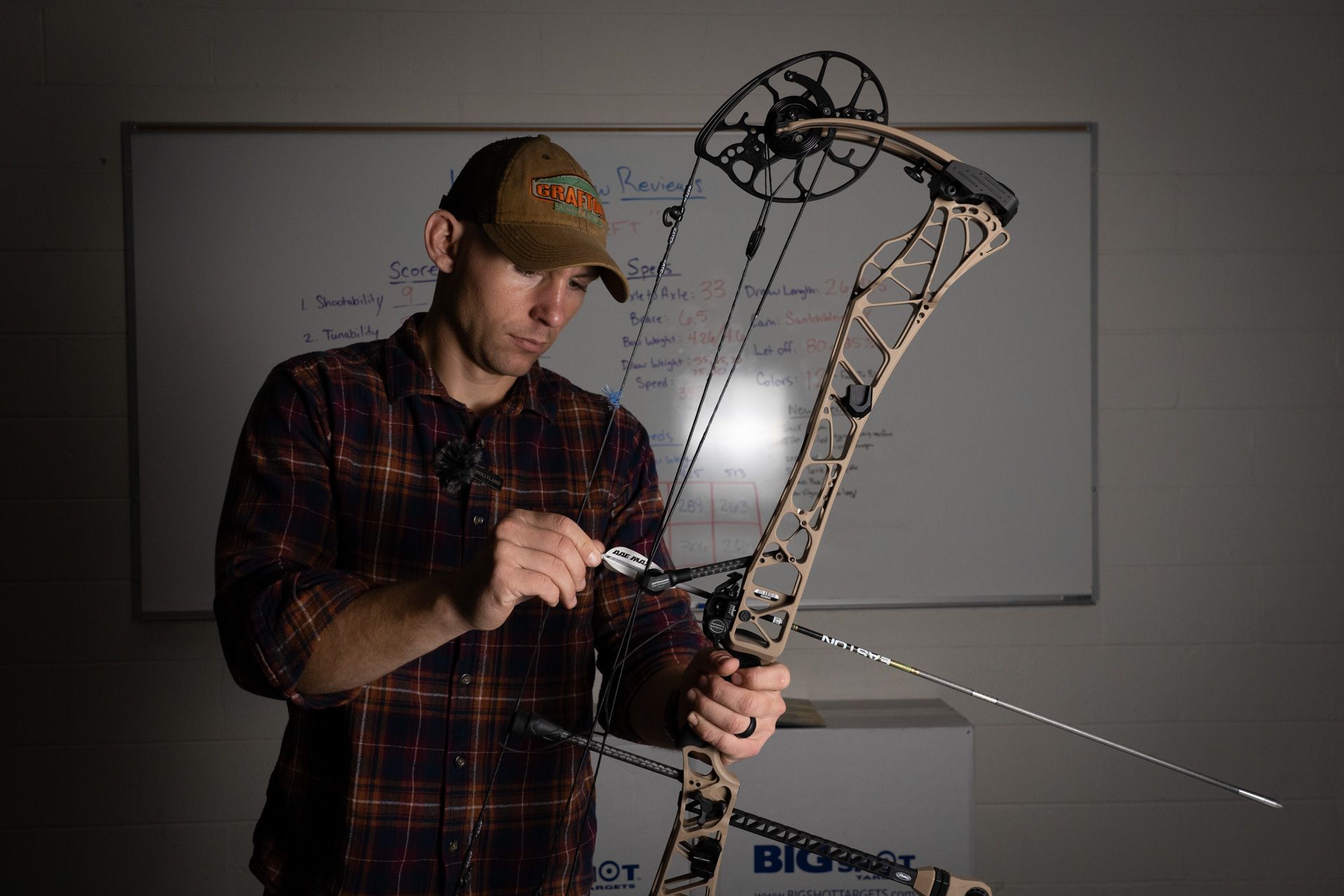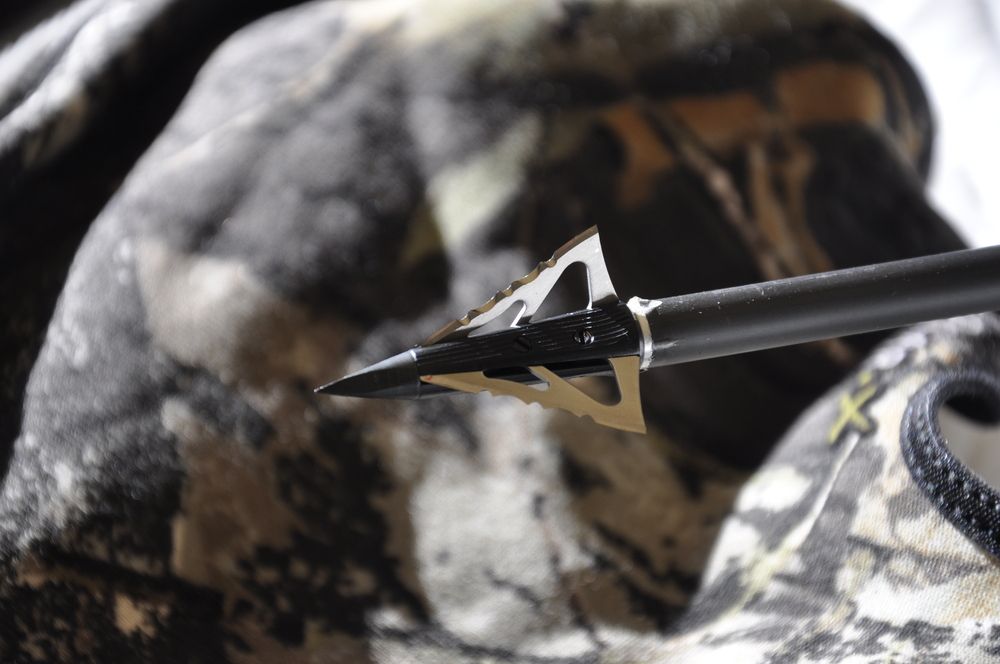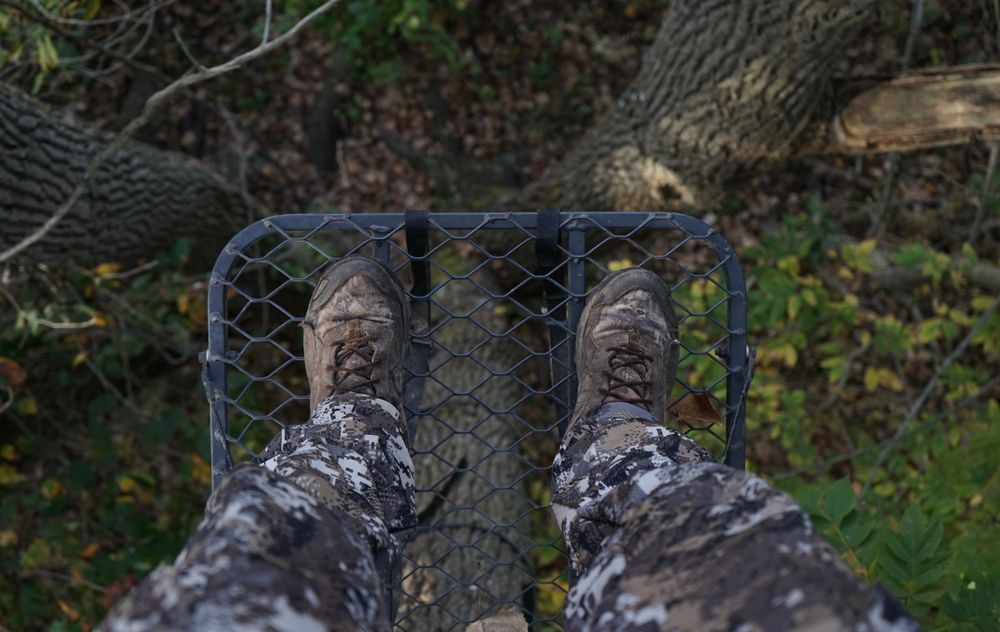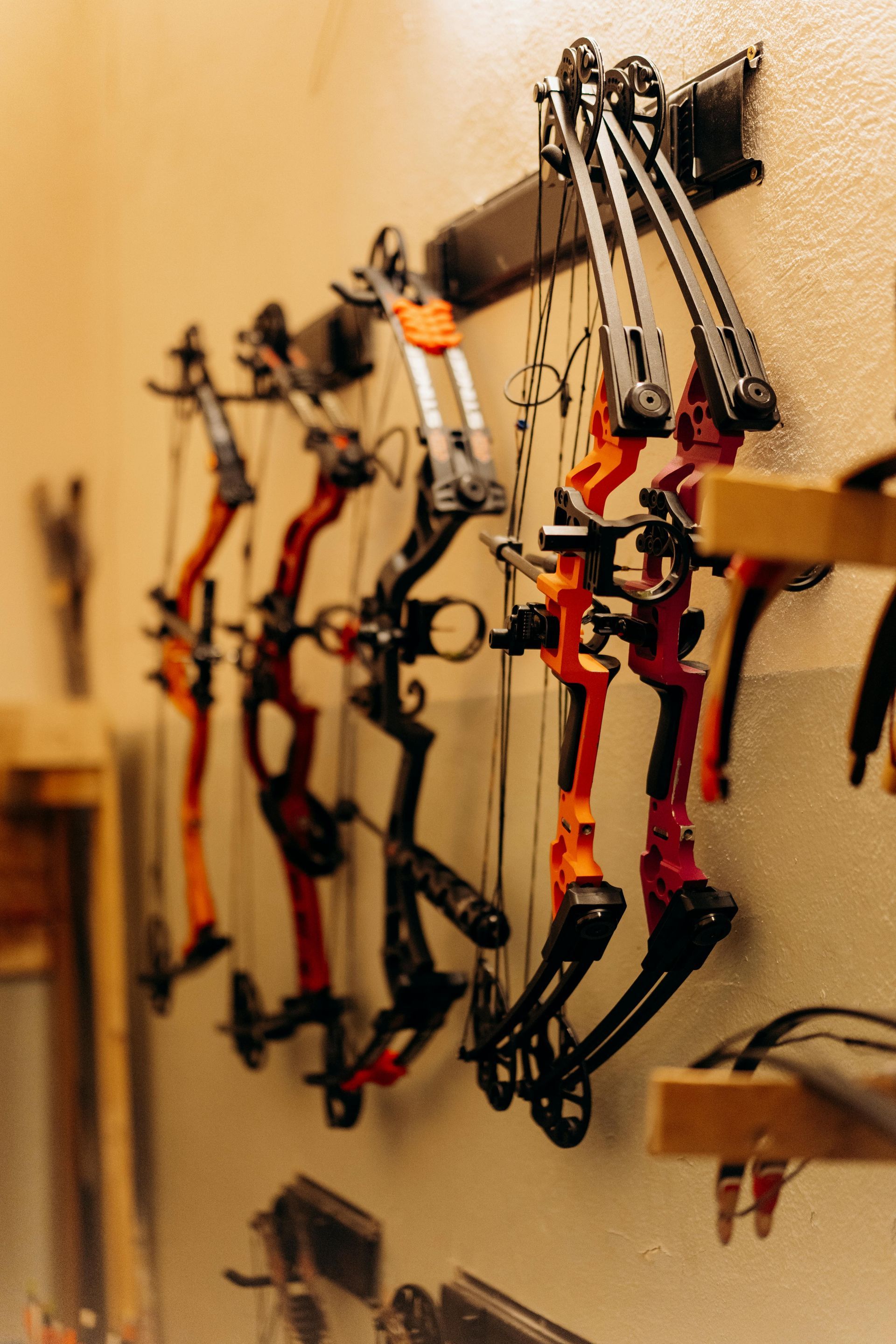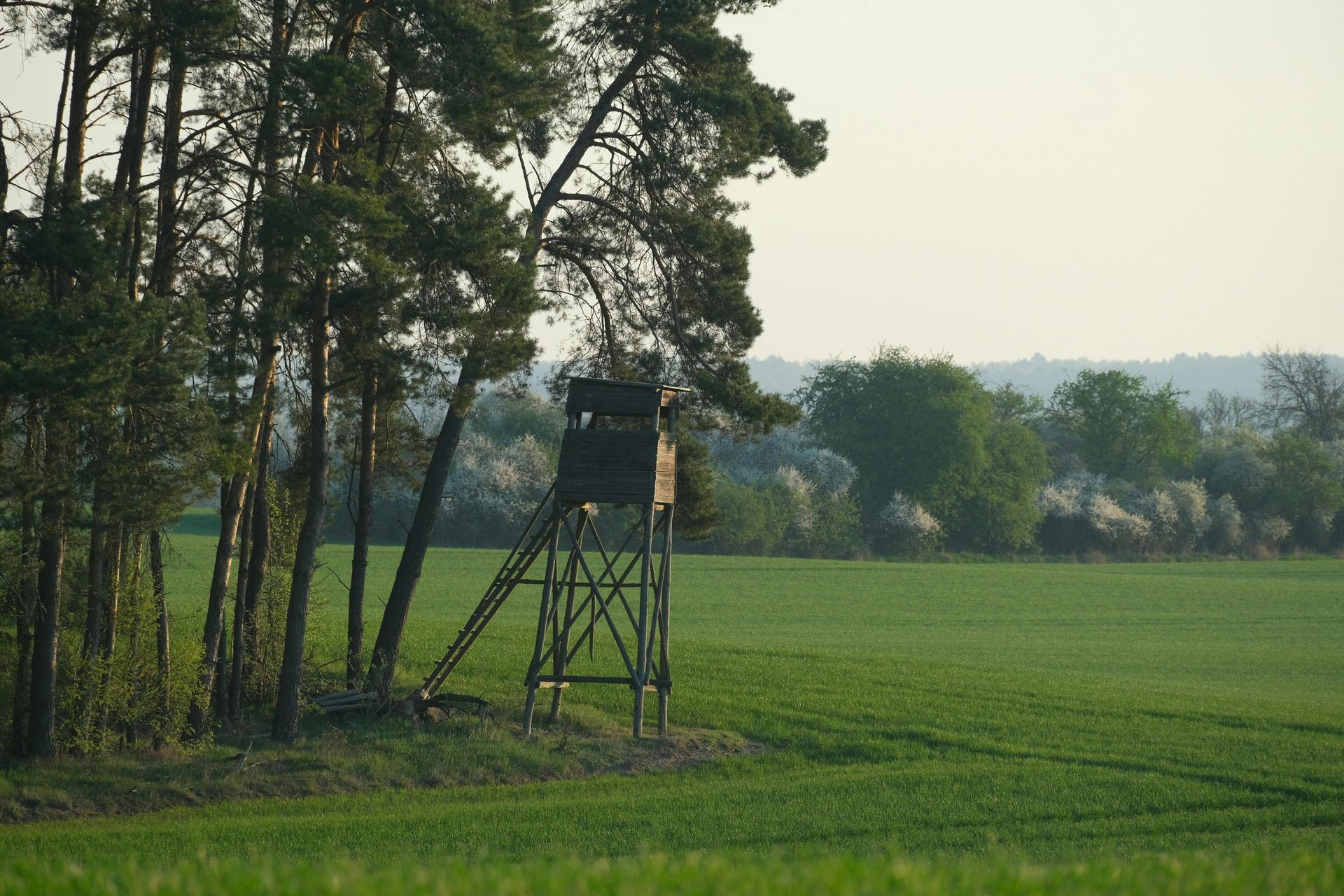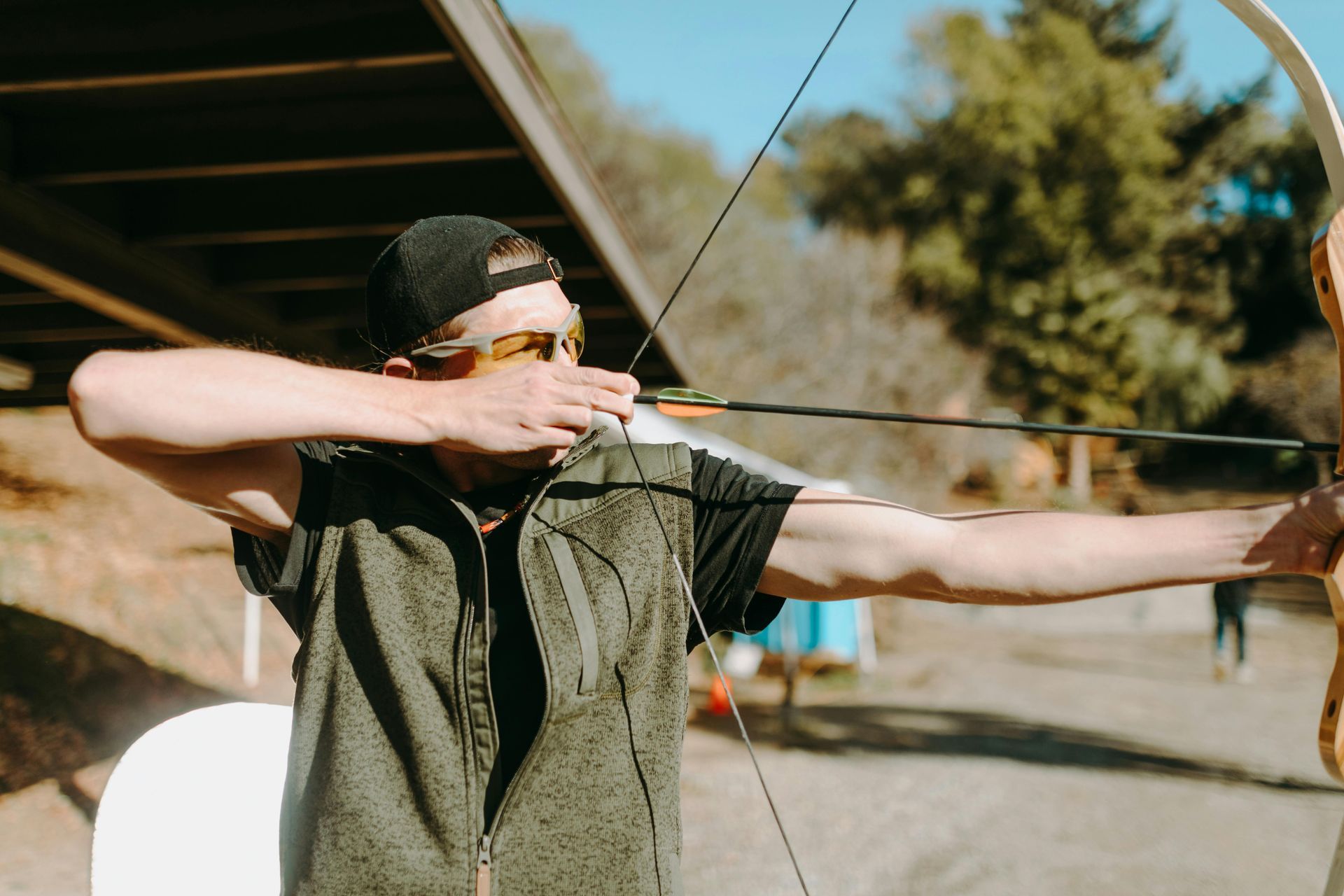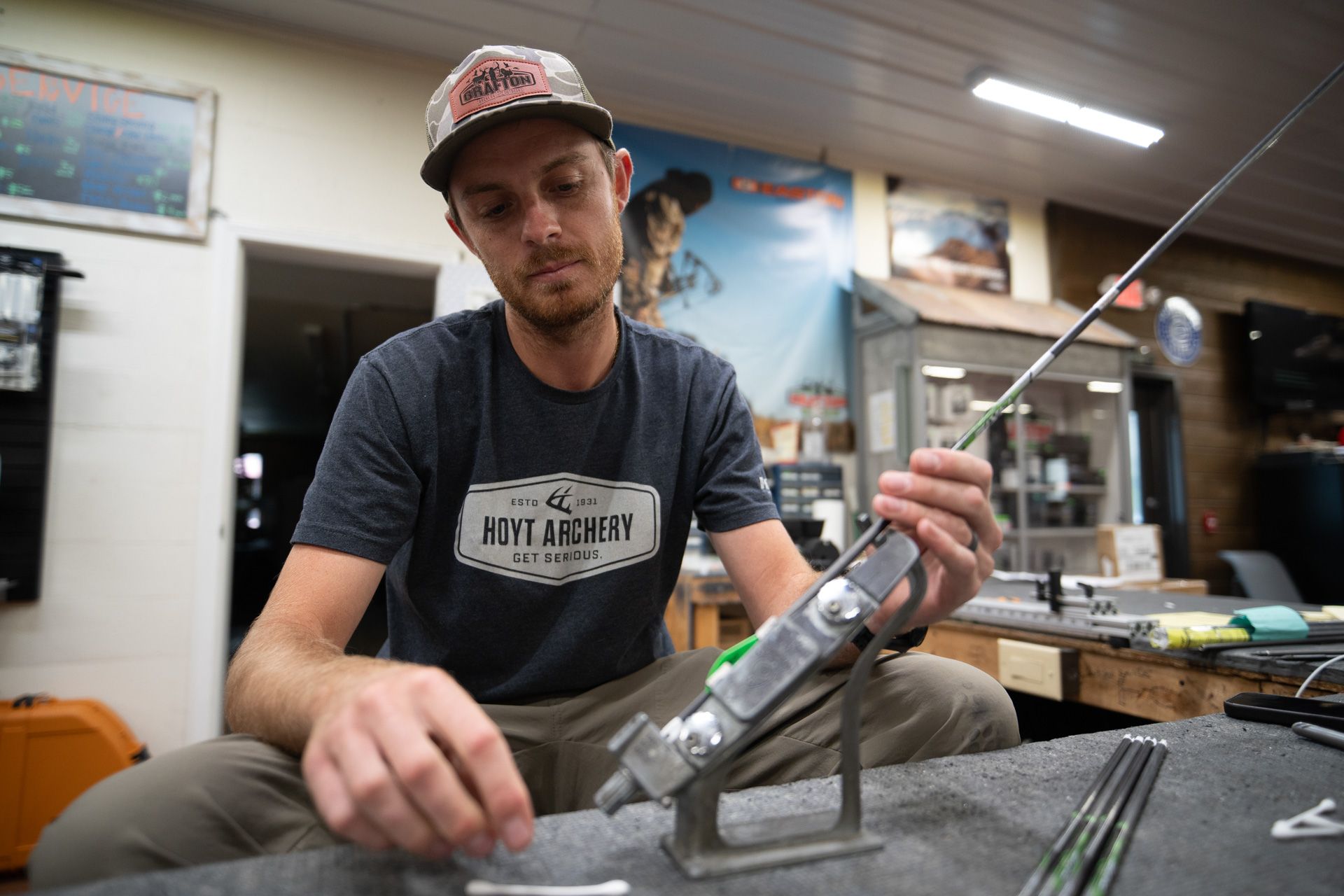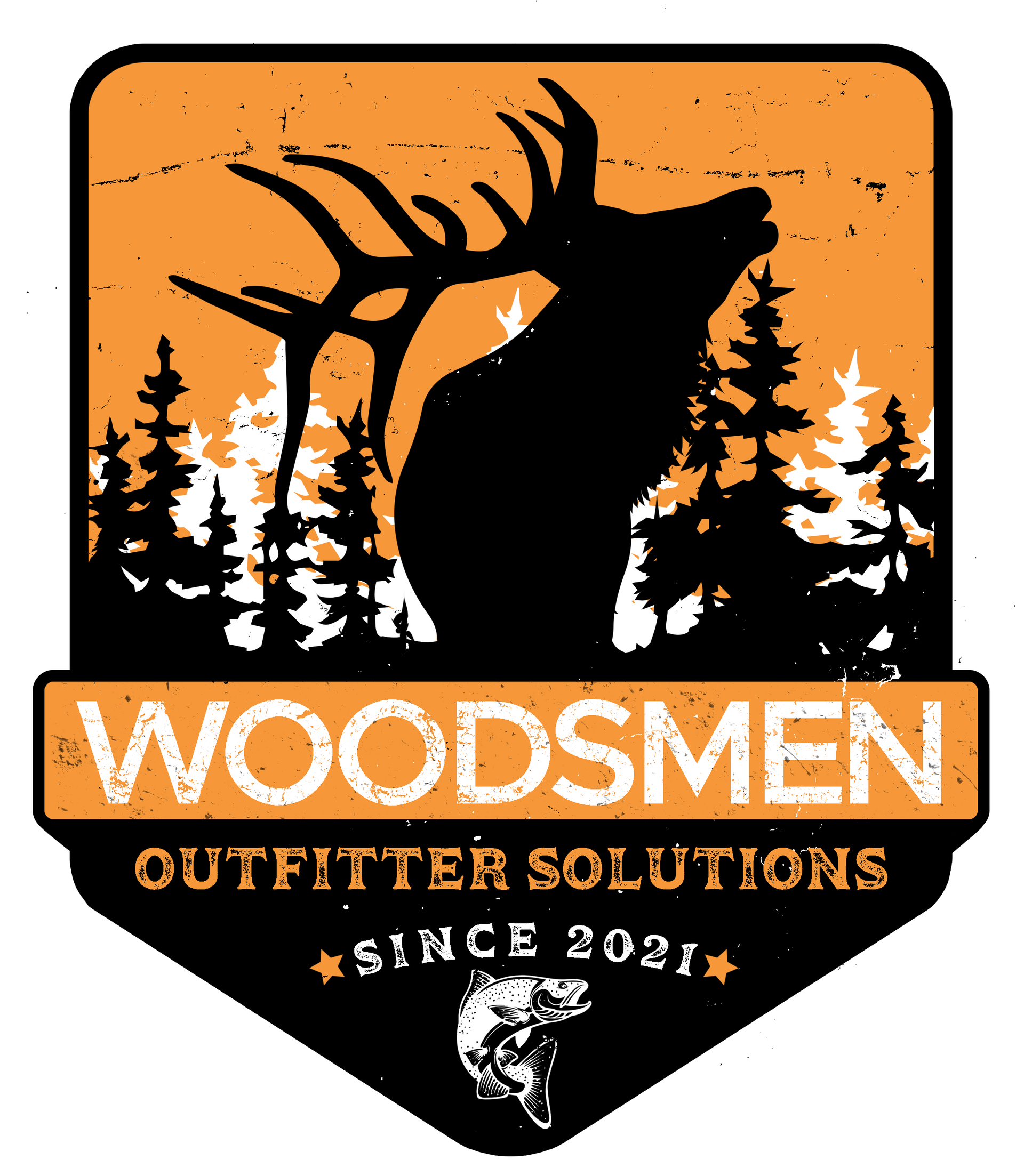Best Archery Ranges and Outdoor Spots Near China Grove, NC for Bow Practice
Grafton Archery & Outdoors
If you’re an archer in or around China Grove, North Carolina, you know how important it is to find the right place to practice. Whether you’re fine-tuning your shot before hunting season, trying out a new bow, or just enjoying time outdoors, having access to quality archery ranges and safe practice spots can make a big difference in your overall experience. At Grafton Archery & Outdoors, we hear from customers all the time who are looking for local places to shoot. So we’ve put together a helpful guide that covers some of the best options in our area, along with a few tips on how to get the most out of your practice time.
Let’s start by talking about why practicing away from home matters. While backyard shooting can be convenient, it doesn’t always give you the space, safety, or distance options you need. Practicing at a range or designated outdoor spot helps you shoot under real conditions, work on accuracy at longer distances, and experience less distraction. Plus, it often gives you the chance to meet other archers and share tips and ideas.
One of the most popular spots around our area is the public archery range at the John J. Pechmann Fishing Education Center. It’s located a bit outside China Grove but still within driving distance for a day trip. The range is well maintained and open to the public, with targets set at various distances. This is a great place if you want to get a feel for outdoor conditions like wind, uneven terrain, and different lighting. Practicing in these types of environments prepares you better than any indoor setup ever could.
If you’re looking to stay closer to home, there are a few private clubs and ranges in Rowan and Cabarrus Counties that offer excellent facilities. Some of these clubs require memberships, but they often come with perks like 3D target courses, regular competitions, and well-kept shooting lanes. These kinds of places are great for both seasoned bowhunters and beginners who want to practice in a structured, safe environment.
Another great option is to check in with your local parks and recreation department. A few city and county parks in the region have started offering archery-friendly zones where you can set up and shoot. While these may not be full-scale ranges, they provide a convenient way to squeeze in a quick session after work or on the weekends. It’s always best to call ahead or check posted signs to make sure archery is allowed.
For those who hunt, practicing on land that resembles your typical hunting terrain is a smart move. If you have access to private land or know someone who does, setting up a temporary practice area can be a great solution. Just make sure to follow all safety guidelines, have a solid backstop, and keep your shooting zone well marked. Practicing in the same environment where you’ll actually be hunting helps you get used to sighting in on uneven ground, dealing with foliage, and adjusting to changing light conditions.
If you’re not sure where to start or want help finding a local range that fits your skill level and needs, stop by our shop. We’ve been part of the China Grove archery community for years and can point you in the right direction. We also help customers get their bows tuned and ready before hitting the range. It’s always a good idea to make sure your equipment is dialed in before heading out, especially if you’re using a new setup or haven’t shot in a while.
Speaking of equipment, one of the biggest mistakes we see is folks going out to practice with gear that’s not properly adjusted or maintained. Your time on the range is only as good as the equipment you bring with you. A bow that’s slightly out of tune or arrows that aren’t matched correctly can lead to inconsistent results and a lot of frustration. That’s why we offer full tuning and custom arrow building services right here at Grafton Archery. Whether you're a compound shooter or prefer traditional gear, we can help make sure everything is working exactly how it should.
Another thing to consider is the value of shooting in different settings. Indoor ranges are great for year-round practice, especially during the colder months or when the weather isn’t cooperating. They offer controlled conditions that make it easy to focus purely on technique. But don’t underestimate the benefits of shooting outside. Dealing with shadows, shifting winds, and uneven footing challenges you to adapt and make smarter decisions. It’s the kind of practice that helps bowhunters especially, but it’s useful for target archers too.
If you're looking to mix things up, try attending a local 3D shoot. These events are usually hosted by clubs and feature life-sized foam animal targets placed in natural terrain. It’s a fun way to simulate hunting scenarios and sharpen your shot placement. You don’t need to be an experienced competitor to attend one of these. In fact, many are beginner friendly and offer divisions for all skill levels. Keep an eye on our shop bulletin board or website, as we often post about upcoming events in the area.
Now let’s say you’ve found a spot and your gear is good to go. What’s next? Your practice routine matters. It’s easy to fall into the habit of shooting a few arrows, hitting decent groups, and calling it a day. But you’ll get better results if you approach each session with a goal. Maybe one day you focus on form. Another day could be about shooting at odd angles or distances. Varying your routine keeps things fresh and helps you grow as an archer. And if you’re not sure what to work on, just ask us. We’re always happy to offer tips or help troubleshoot anything that’s off in your shot cycle.
For younger shooters or families looking to get into the sport, we also recommend checking out programs like NASP (National Archery in the Schools Program) or local 4-H archery clubs. These organizations provide structured coaching and safe environments for new archers to learn and grow. If your child shows interest in archery, starting through one of these programs can build a strong foundation. And once they’re ready to take the next step, we’re here to help get them properly outfitted.
Whether you’re practicing for competition, gearing up for hunting season, or just enjoying time at full draw, having a good place to shoot makes all the difference. Finding the right spot near China Grove means you’ll be more consistent with your training, more confident in your shot, and more connected to the archery community around you.
At Grafton Archery & Outdoors, we believe in doing things the right way. That means helping you choose the right gear, keeping your equipment in top shape, and making sure you’ve got the resources to practice safely and effectively. If you ever need help finding a range, tuning a bow, or figuring out your next step in the sport, we’re just down the road and ready to help.
